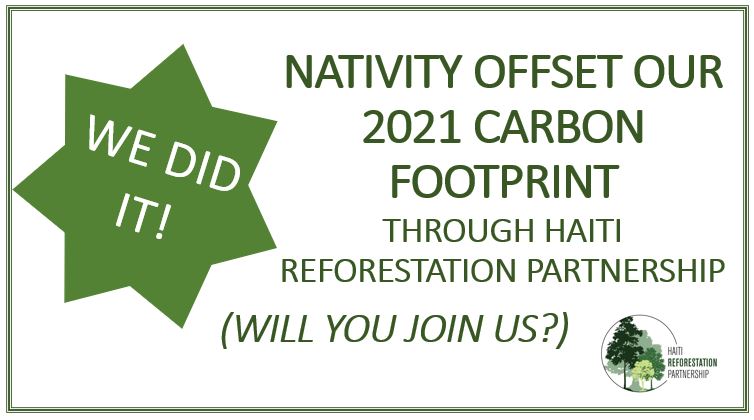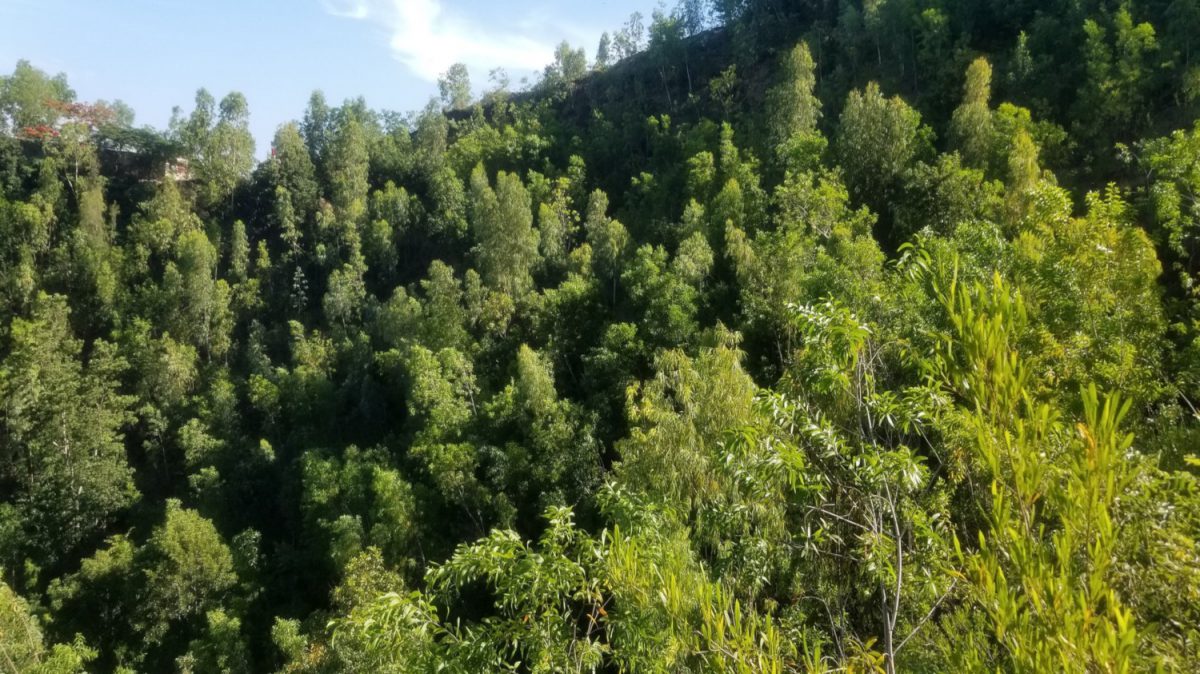by Carl Sigel
Since Nativity’s earliest days, one of the cornerstones of our mission has been to explore how we grow, eat, and share food.
In 2021, Nativity partnered with nine other Raleigh congregations in a program to support our local Black farmers. The program, called Farm to Church Community Supported Agriculture or CSA, was launched by the Rural Advancement Foundation International-USA (RAFI-USA). CSAs have become a popular way for consumers (CSA members) to buy local, seasonal food directly from a farmer and to build a caring relationship with that farmer. The members buy a share of a farmer’s production up-front that helps the farm’s cash flow and allows the farmer to plan their crop production in a way that limits food waste and farm expenses. The members benefit by receiving weekly fresh and nutritious farm products.
The Spring signup period for the churches that are served by Singing Stream Farm is now open and runs through April 12. The Spring deliveries to Nativity will begin Saturday, April 20 and run through June 8. Members must pick up their produce on Saturday mornings during the delivery period. One does not need to be a member of Nativity to participate. As in the past, the online ordering system is there for your convenience. All orders can be placed through the online store by accessing the following link https://app.barn2door.com/51vo9. Payments can also be made via check, credit or debit card. Share costs remain at $125 for a half share and $250 for a full share. If paying by check, at the payment type click on the drop-down arrow and select check as the payment type. If paying by check, please make them payable to Singing Stream Farm, and mail to the following address:
Singing Stream Farm
2693 Horseshoe Rd.
Creedmoor, NC 27522
Attn: Ken Daniel
For any questions: Email Carl Sigel









